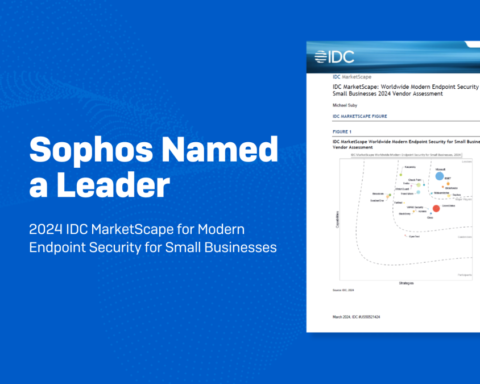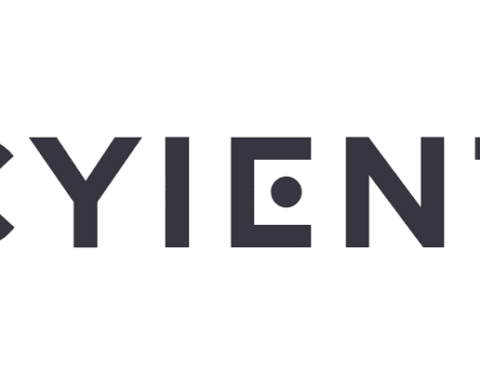OpenText Analytics Transforms NYCT’s Route Performance with Better Data Visualization and More Transparent Information
OpenText™ , a global leader in Enterprise Information Management  (EIM), today announced the New York City Transit Authority (NYCT) has implemented OpenText Analytics to manage and analyze its transit information to provide optimized transit service to the public. With OpenText Analytics, NYCT saves time and money while maintaining full visibility into the transit system to quickly identify and address any potential service issues.
(EIM), today announced the New York City Transit Authority (NYCT) has implemented OpenText Analytics to manage and analyze its transit information to provide optimized transit service to the public. With OpenText Analytics, NYCT saves time and money while maintaining full visibility into the transit system to quickly identify and address any potential service issues.
Consisting of 24 subway lines, 224 bus routes and 45,000 employees, New York City Transit Authority (NYCT) is the largest transportation network in North America and serves more than seven million people weekly. The NYCT is tasked with understanding everything from subway movement to diagnostic and event data through to vehicle sensor and location intelligence data directly from NYCT vehicles. In total, tens of thousands of records per minute, or millions of rows of data per day, are recorded and must be distilled into useable and helpful information. To keep track of the high volume of information, NYCT needed a platform that was powerful enough to keep up with these demands but could also fit within their budget and resource constraints.
“We had a pretty good feel as to what we needed to deliver, what we didn’t know were the different mechanisms for delivering it,” says Anthony Cramer, director of System Data Analysis in the Operations Planning section at NYCT. “Our goal was to provide a self-service shop, to let people get customized reports when they need them. With the right tool, NYCT could become much more proactive in how it is monitoring the service and how it’s improving it.”
The solution needed to not only support its existing data collection technology but also be able to keep up with Big Data and other future demands. Interested parties would need access to examine data when and how they wanted, accessing more detail as required to stay on top of performance concerns, from malfunctioning lifts to route change needs or gaps in service, in real time.
When the team began looking at software vendors, they were unable to find an offering flexible enough to customize transit reporting needs or that fit within both their budget and infrastructure capabilities, until they discovered OpenText. Able to scale to the organization’s needs, OpenText Analytics could easily connect to all of NYCT’s data sources, both present and those planned for future use. Virtualization and Google Map apps expanded its capabilities, with mobile access enabling its employees to view reports while on the go.
According to Cramer, “NYCT is committed to an open data environment. That begins with making as much data as possible available to our customers, from countdown clocks at subway stations to real-time arrival apps, all powered by an open, cloud-based system.”
With up-to-date information available at its fingertips, NYCT Operations Planning can now respond to performance issues much faster than before, and field employees can see and react to that same data immediately. That means better customer service for the public and that NYCT is able to respond more quickly to any issues that arise.
“In addition to internal users, we report to the public, and they’re mostly concerned with how to improve service,” says Alla Reddy, Senior Director of System Data and Research with Operations Planning at NYCT. “Now, we can troubleshoot and understand any problems with service, and take action right away.”
OpenText improved NYCT’s data visualization capabilities, providing daily and ad hoc reports as well as dashboards that offer performance snapshots to senior management. Operations employees can now view data at the level of detail necessary to do their jobs better. A real-time dashboard displays bunching of buses over time, giving NYCT operations planners drill-down information detail to help them dynamically modify transit schedules in order to keep buses on time and more evenly dispersed. The team also projects significant cost savings with automated data collection, resulting in fewer required resources.
“We have a pretty lean development team that needs to support a wide and high volume of users,” explains Cramer. “Now, we can support twice the number of users with the same level of support staff. We’re communicating better, and making more informed decisions thanks to OpenText.”
As its use of the reporting technology progresses, NYCT plans to push information to the public via mobile devices, allowing its ridership and general public to view and analyze transit performance as well individual bus and subway lines.
OpenText Analytics and Reporting delivers Big Data analytics, enterprise reporting and interactive dashboards. Helping organizations simplify, transform and accelerate business processes to lower operational costs and help reduce information governance and security risks, OpenText Analytics and Reporting is part of the OpenText EIM platform. Enabling organizations to discover and manage information to spur growth and innovation and increase time to competitive advantage, the platform consists of five comprehensive and integrated product suites including Process Suite, Experience Suite, Discovery Suite, Information Exchange Suite and Content Suite.








